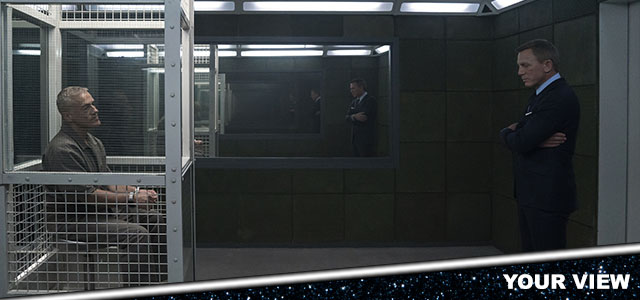
All great heroes need an arch-villain – Batman has the Joker, and Sherlock Holmes has Moriarty, to name but two. And iconic British agent James Bond is no different.
Arguably, the greatest threats to 007 (and indeed, the entire world) have been the recurring ones, and with all due respect to metal-mouthed henchman Jaws, Bond baddies don’t come more dangerous than Ernst Stavro Blofeld.
The iconic villain has enjoyed almost 60 years as the Bond franchise’s big bad, surviving just as many near-death experiences and reincarnations as 007 himself.
So, as Daniel Craig’s super-spy prepares to square off against his nemesis (Christoph Waltz) yet again in the 25th Bond movie No Time To Die, let’s recap the big screen history of Blofeld.
Donald Pleasence
It’s important to make a strong first impression, and many would argue that Donald Pleasence’s portrayal of the scarred, eloquently-spoken super-villain is the most memorable. The legendary British actor, famous for films including The Great Escape (and, later, Halloween), was the first Blofeld we saw on the big screen, squaring off against Sean Connery’s Bond in 1967’s You Only Live Twice. (He replaced original actor Jan Werich, who was dismissed for not being threatening enough.)
Previously, in 1963's From Russia With Love and 1965's Thunderball, the character was ominously referred to as “Number 1” and appeared as a mysterious, unseen figure (an uncredited Anthony Dawson, voiced by Eric Pohlmann). His features were always obscured or out of sight, while the camera focused on him stroking a bright white cat.
As the head of the sinister SPECTRE organisation, Pleasence’s incarnation captures both Russian and American spacecraft in a bid to trigger a blame game and a nuclear war between the two superpowers. It could never be said that Blofeld’s an underachiever. Unfortunately for him, his plot is thwarted with the help of a weaponised cigarette and a ninja star, but he escapes to fight another day.
By setting up his headquarters in a hollowed-out volcano and dunking his own henchmen into piranha-infested waters, Pleasence’s Blofeld has been the inspiration for countless, endearing pop culture parodies including Danger Mouse’s Baron Greenback, The Simpsons’ You Only Move Twice episode and, of course, Austin Powers’ Dr Evil. Sadly, Pleasence never returned to the role but that wasn’t the end of Blofeld.
Telly Savalas
In 1969's On Her Majesty’s Secret Service, the character of Bond got a makeover in the form of a brand new actor: the underrated George Lazenby. A new Bond needed a new Blofeld, and this time he was in the guise of The Dirty Dozen star, Telly Savalas. The actor brings a greater sense of physical threat to the role; it's feasible he could go up against Lazenby's two-fisted Bond (and, indeed, he does during the film's climax).
Whilst hiding out from the Secret Service in Switzerland, Blofeld threatens to poison the entirety of the planet’s livestock unless he is pardoned for his previous crimes and awarded the catchy title of Comte Balthazar de Bleuchamp. Again, Blofeld always aims high. Of course, his plan is foiled by Bond, so he triggers an avalanche in a bid to bury Bond in his mountaintop lair. However, whilst fleeing the snowy scene, Savalas’ Blofeld appears to meet a grisly end when he becomes impaled on a tree branch.
Tragically though, he does have the last laugh: the film ends with Blofeld carrying out a drive-by shooting on 007’s new bride, Tracey (Diana Rigg). On Her Majesty’s Secret Service was Lazenby’s only appearance as Bond (he opted out of a seven-film contract by choice), so revenge was never an option for him.
Charles Gray
Revenge was, howeverm an option for Sean Connery in 1971’s Diamonds Are Forever. Connery once again returned to the role of 007, having been lured back with a massive salary, plus a deal to make two films of his own choosing. This time, Bond confronts Charles Gray’s far campier Blofeld – or should we say, multiple Blofelds.
In an effort to evade capture, the ruthless villain enlists the help of several body doubles, who are each given plastic surgery and employed as decoys. They all fall foul at the hands of Bond, who offs them in spectacular style – most memorably by mud bath, years before they were a beauty treatment.
Unbeknownst to 007, the real Blofeld assumes the identity of billionaire and snappy dresser Willard Whyte (Jimmy Dean). The baddie develops a laser satellite which has catastrophic capabilities and he reveals his plan to auction it off to the highest bidder, once again pitting the superpowers of the world against each other for nuclear supremacy.
Bond finally tracks down the real Blofeld on his oil rig, resulting in a climactic battle between Bond, the FBI and Blofeld’s henchmen. Once again on the losing end, Blofeld attempts to escape via a submarine, but Bond has an absolute ball using a crane to repeatedly crash the sub into the control room. As a result, the oil rig goes up in flames, with Blofeld presumably burnt to death. Seems harsh, in hindsight.
However, harsher than that was Blofeld’s appearance in 1981’s For Your Eyes Only, Roger Moore’s fifth appearance as the iconic agent. Now wheelchair-bound and wearing a neck brace with his face obscured once more, the character is unceremoniously offed in the opening sequence.
Voiced by Robert Rietty and portrayed by John Hollis (both uncredited), Blofeld attempts to use a remote-control to crash a helicopter and kill Bond who is onboard. However, 007 easily overrides the controls and uses the landing gear to scoop up Blofeld’s wheelchair before dumping him down a chimney stack, thus killing off the character altogether.
The character is never named in the movie. Reportedly, this was producer Albert R. ‘Cubby’ Broccoli’s revenge against litigious writer/producer Kevin McClory, owner of the rights to the Thunderball screenplay who, throughout the Roger Moore era, had continuously blocked Broccoli from using Blofeld and his Spectre
Max von Sydow
However, Blofeld did return in the non-canonical Never Say Never Again, a 1983 remake of 1965’s Thunderball that was overseen by McClory himself. This time, Blofeld was portrayed by the iconic Max von Sydow of The Excorcist and Flash Gordon fame.
With SPECTRE stealing nuclear warheads and attempting to extort the world’s governments, his actions force Bond back into the fray. Talking of which, this marked Sean Connery’s final appearance as Bond, in the same year that he went up against Roger Moore adventure Octopussy, an official Bond movie made via Eon Productions. Much like the original, Blofeld here is only seen in an authoritative role, but we do see his face and he is genuinely affectionate towards his cat.
Christoph Waltz
Fast-forward to 2015’s Spectre, and the situation between Daniel Craig’s Bond and Christoph Waltz’s Blofeld gets even more personal. Posing as Franz Oberhauser, the son of Bond’s temporary foster father, the villain reveals his real name to be Ernst Stavro Blofeld, the leader of SPECTRE and the architect of Bond’s pain. Translated, that means he orchestrated the actions of all the villains in the previous Craig movies; if that’s not malicious, then nothing is.
Blofeld also reveals that he killed their father through fear that Bond was his new favourite, before faking his own death and disappearing into the criminal underworld. Captured by his arch-enemy, Bond’s exploding watch saves the day but leaves Blofeld scarred and blinded in one eye, in a clear homage to Donald Pleasence’s take on the character. Following a climactic showdown in the abandoned MI6 headquarters, Blofeld’s helicopter crashes into Westminster Bridge, where Bond instead hands him into custody, rather than executing him.
With the door left wide open for Blofeld to take his revenge in No Time To Die, it remains to be seen how the story will conclude. The trailer sees Blofeld imprisoned and being used as a tactical asset by MI6, but with Bond pitted against a new and deadly enemy, what are the chances of him staying in his cell? Blofeld appears to know the identity of said antagonist, Safin (Rami Malek), and his connection to 007’s new wife Madeleine Swann (Lea Seydoux), so we can't wait to see how this all plays out.
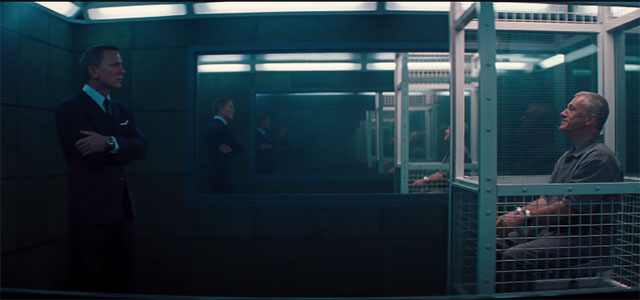
No Time To Die arrives on the 12th of November. Be sure to tweet us at @Cineworld with your favourite Blofeld actor.
Robb Sheppard is a writer who blogs for Cineworld as part of our news team. Follow him on Twitter.

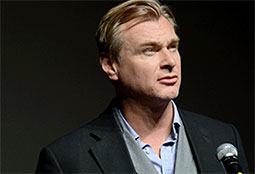
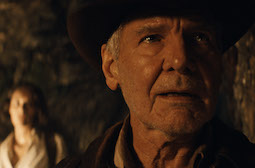
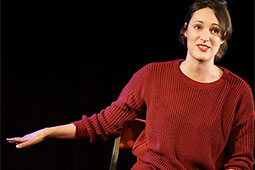



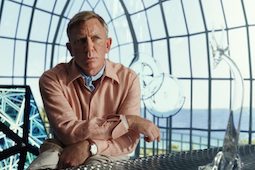
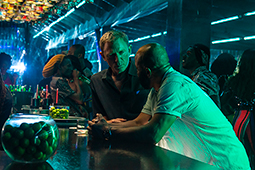

.jpg)
.jpg)

.jpg)
.png)



